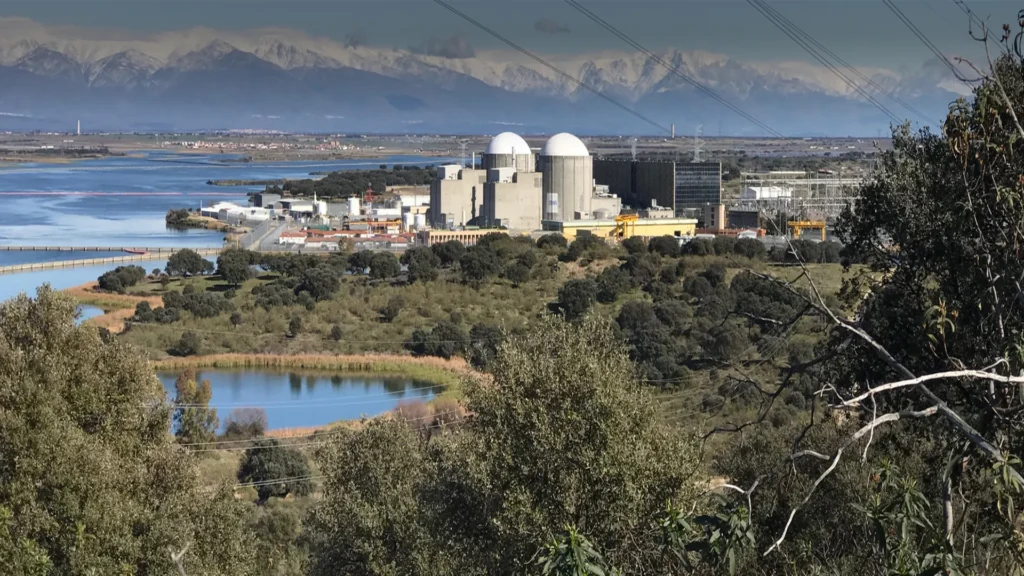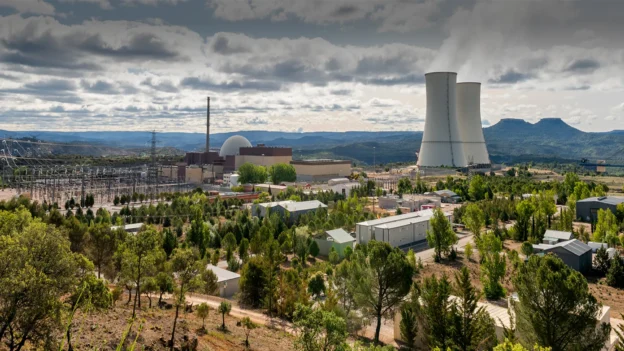The Almaraz Nuclear Power Plant started the penultimate refueling of its Unit 2 in the early morning of October 5th, exactly at 23:59 hours, an operation foreseen in the shutdown schedule that will culminate on October 31st, 2028. This technical shutdown, the 29th, will last approximately 33 days.
Fewer hires due to imminent closure
On this occasion, an additional workforce of 1,000 workers has been incorporated, 200 less than in previous cycles. This reduction responds to the fact that improvements will no longer be made in the long term, resulting in a negative and progressive effect on local employment in Campo Arañuelo, with an estimated loss of 4,000 direct and indirect jobs at the end of the operation of both units.
During this refueling, 60 fuel assemblies will be replaced, the maintenance of the low pressure turbine number 2 will be carried out, the seals of the core cooling pumps will be checked and different preventive tasks will be performed on the safety systems. Everything will be carried out in accordance with the operating standards required by the Nuclear Safety Council (CSN).
Unit 1: last recharge in 2026
On the other hand, Unit 1 of the Almaraz Nuclear Power Plant is also in the final stretch of its life cycle. According to the current operating permit, its closure date is November 1, 2027, so its last refueling is scheduled to begin in March 2026.
The company that owns and is responsible for the management, operation and maintenance of the plant, Centrales Nucleares Almaraz-Trillo (CNAT), will submit before the end of this month the documentation for the cessation licensing to the CSN.

Closure questioned due to its impact and taxation
The sector warns that the taxation applied to nuclear power plants in Spain, according to independent reports, is unique in the world and makes the continuity of these facilities unfeasible. In fact, it is pointed out that without a change in taxation, the owner companies (Iberdrola, Endesa and Naturgy) will not be able to extend the useful life of their plants.
Likewise, experts in the nuclear field and voices of the Nuclear Forum have denounced that while countries such as the United States are extending the life of their reactors to 80 years or building new facilities, Spain is moving in the opposite direction, increasing its dependence on gas and other fossil fuels in an uncertain energy context.
Commitment to the last megawatt
Despite the closure context, CNAT has reiterated its commitment to the safe, reliable and efficient operation of the plant. According to the entity, the objective is to produce energy up to the last megawatt hour, complying with all safety standards and without disrupting the national power supply.

